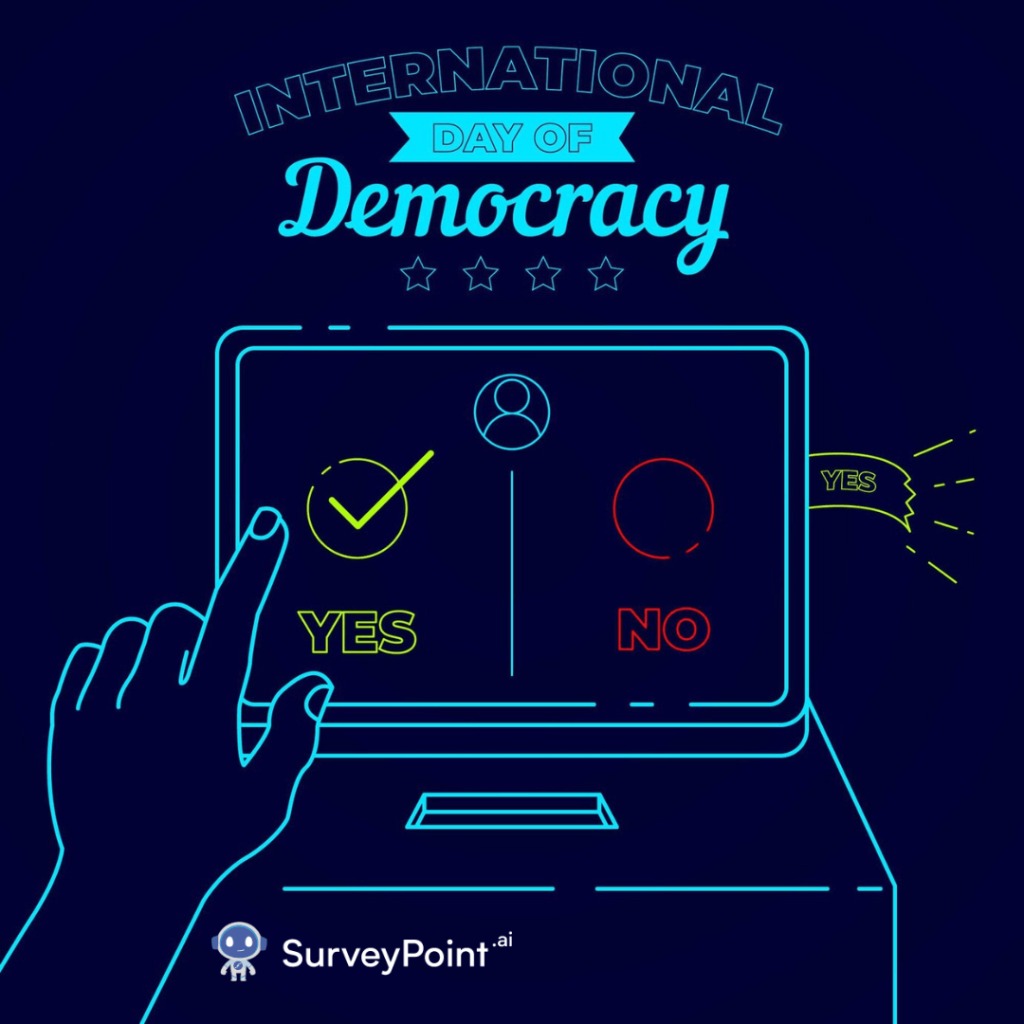
Blogging has become a powerful platform for sharing ideas, building a personal brand, and even generating income. But where do you start? Whether you’re a beginner or looking to refine your craft, this guide will walk you through the essential steps of writing a blog.
1. Choose Your Topic
The first step in writing a blogs is selecting a topic. Ask yourself:
- What am I passionate about?
- What knowledge or experience can I share?
- Who is my target audience?
Your topic should be something you’re interested in and knowledgeable about, as this will make the writing process more enjoyable and engaging.
2. Research Your Audience
Understanding your audience is crucial. What are their interests? What problems do they need solutions for? Use tools like Google Analytics, social media insights, or even surveys to gather data about your audience. Tailor your content to meet their needs and preferences.
3. Create a Catchy Title
Your title is the first thing readers see, so make it count. It should be:
- Clear: Your readers should know what to expect.
- Compelling: Use power words to evoke emotion or curiosity.
- SEO-Friendly: Include keywords that people are likely to search for.
For example, instead of “Blogging Tips,” you might write “10 Proven Blogging Tips to Skyrocket Your Readership.”
4. Outline Your Content
Before you start writing, outline your blog post. This will help you organize your thoughts and ensure a logical flow. Your outline might look something like this:
- Introduction: Present the problem or topic.
- Main Points: Discuss 3-5 key ideas, each in its own section.
- Conclusion: Summarize the content and include a call to action (CTA).
5. Write the Introduction for Blog
Your introduction should hook the reader immediately. Start with a question, a surprising fact, or a personal anecdote related to the topic. Clearly state the purpose of the blog and what the reader will gain from it.
6. Develop the Body for Blog
This is where you delve into the details. Each section should focus on a single idea, supported by examples, statistics, or personal insights. Use short paragraphs, bullet points, and subheadings to make your content scannable. This enhances readability and keeps readers engaged.
7. Include Visuals in Blog
Images, infographics, and videos can make your blog more appealing and easier to digest. Visuals break up the text and can also help illustrate complex points. Make sure your visuals are high-quality and relevant to the content.
8. Optimize for SEO
Search engine optimization (SEO) is vital for getting your blog noticed. Include relevant keywords naturally throughout your post, especially in the title, headers, and meta description. Also, use internal and external links to boost credibility and SEO ranking.
9. Write a Compelling Conclusion
Wrap up your blog with a strong conclusion that reinforces the main points. Encourage readers to take action, whether it’s subscribing to your newsletter, leaving a comment, or sharing the post on social media. A clear CTA is key here.
10. Edit and Proofread
Never publish your first draft. Set your blog aside for a few hours or even a day, then return to it with fresh eyes. Look for spelling errors, grammatical mistakes, and awkward phrasing. Reading your blog out loud can help you catch issues you might otherwise miss.
11. Promote Your Blog
Once your blog is polished and published, it’s time to share it with the world. Promote your post on social media, email newsletters, and any other channels where your audience is active. Engaging with readers through comments and shares can also boost your blog’s visibility.
12. Analyze and Improve
After your blog has been live for a while, review its performance. Use analytics tools to track metrics like page views, time on page, and social shares. This data will help you understand what works and what doesn’t, allowing you to improve future posts.
Conclusion
Writing a blog is a blend of creativity, strategy, and technical know-how. By following these steps, you can create engaging, high-quality content that resonates with your audience and achieves your blogging goals. Happy blogging!
This blog provides a comprehensive guide for anyone looking to start blogging or enhance their current blogging skills.For more information checkout- surveypoint.ai




